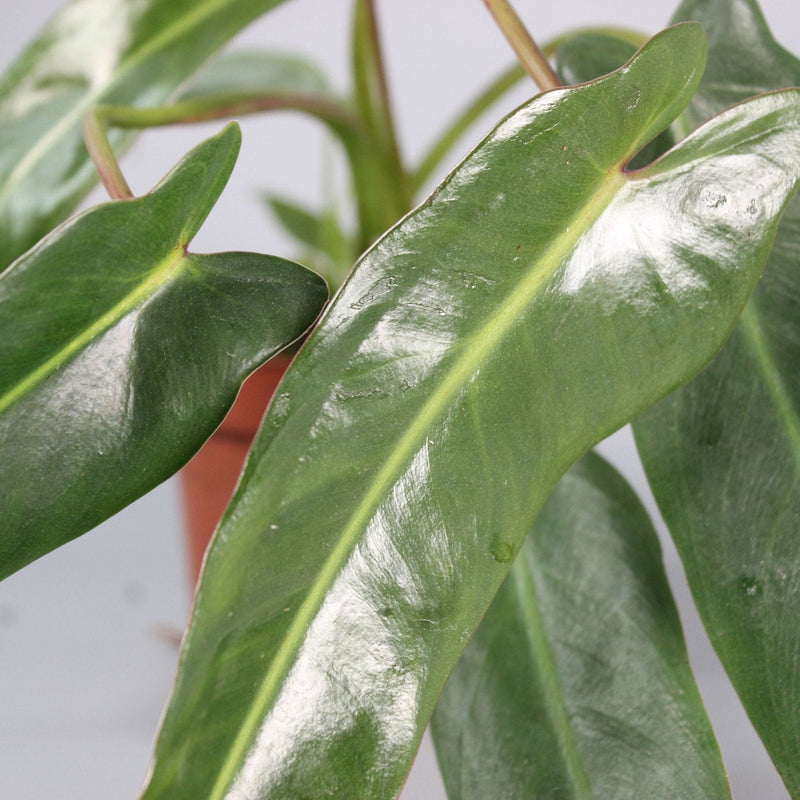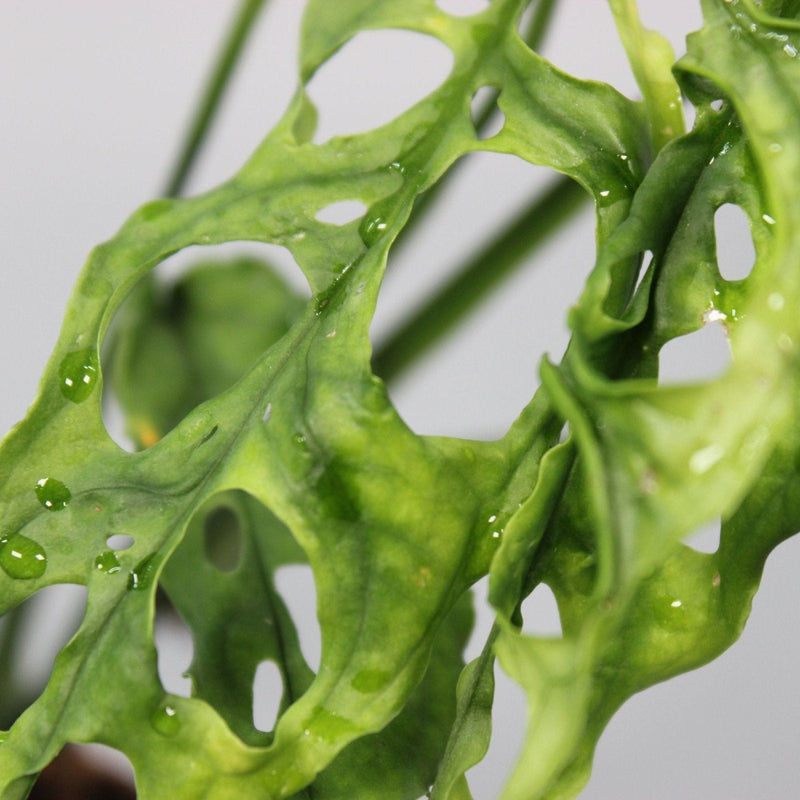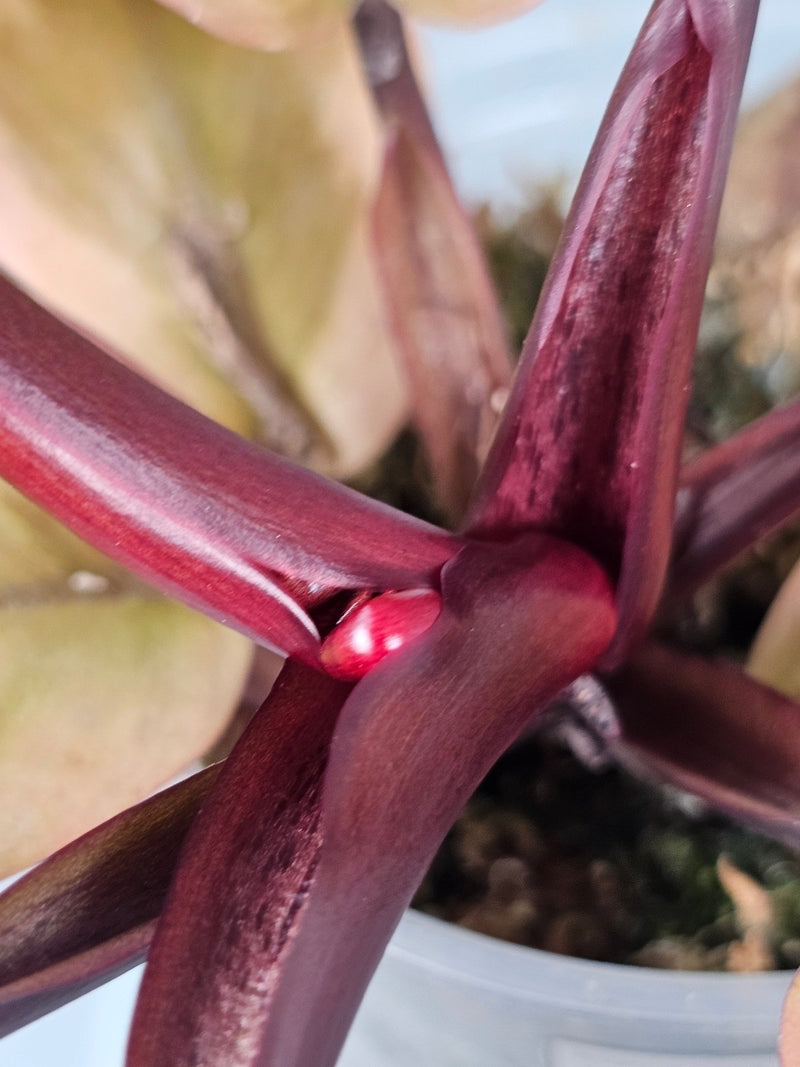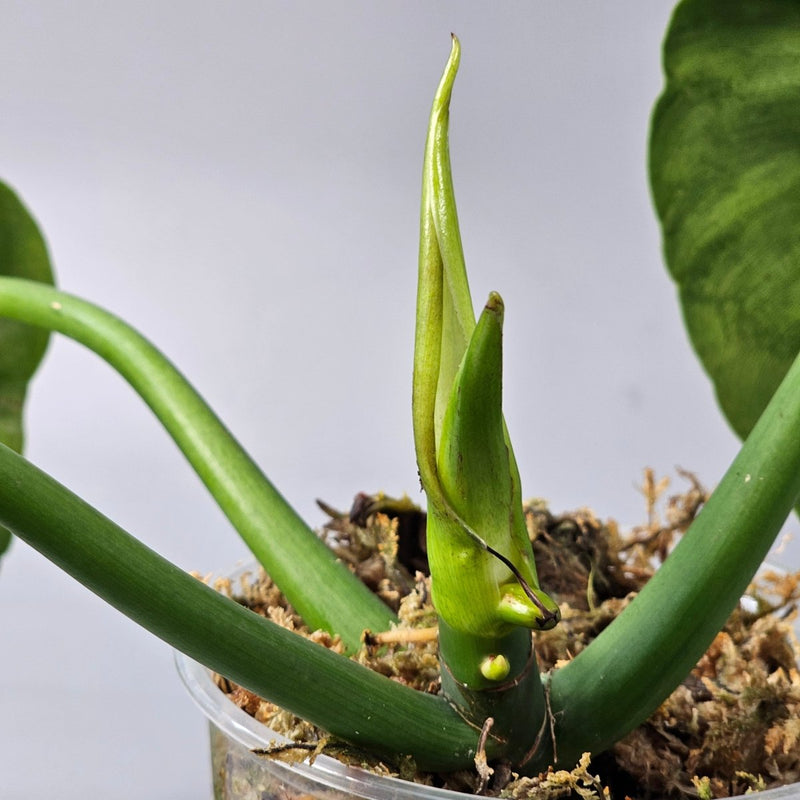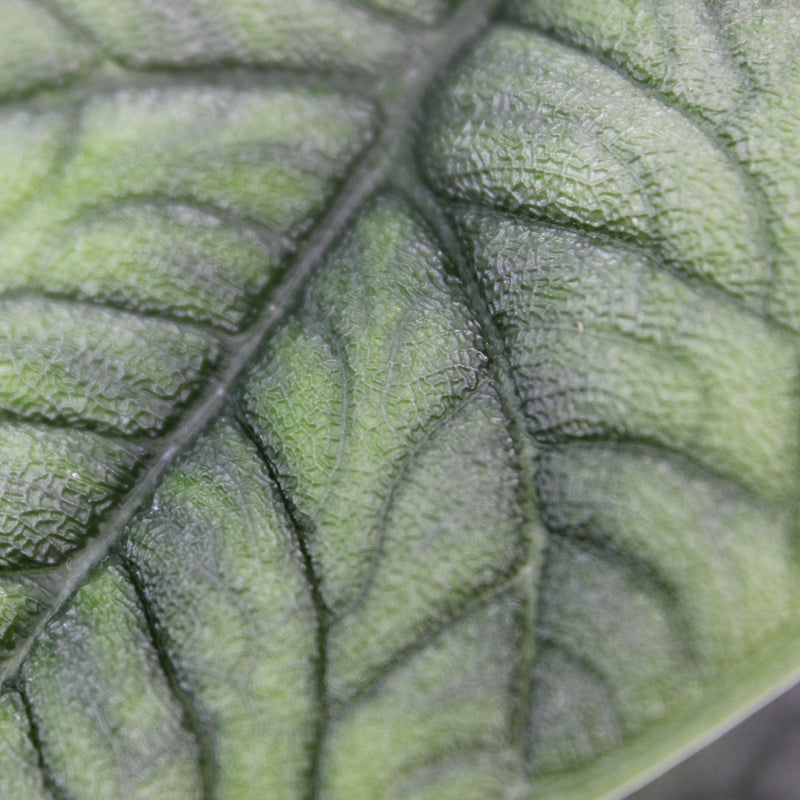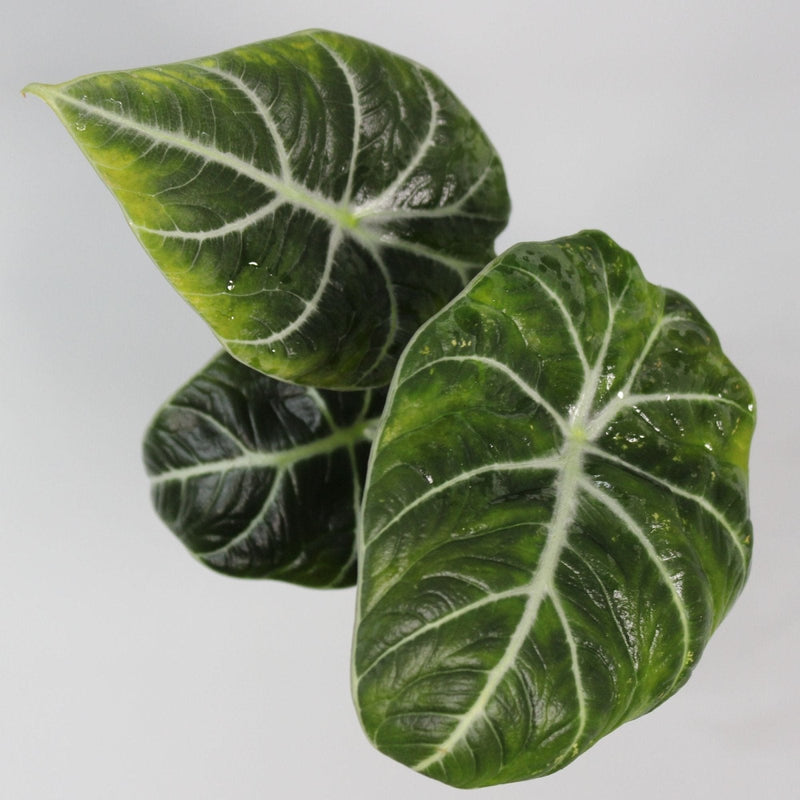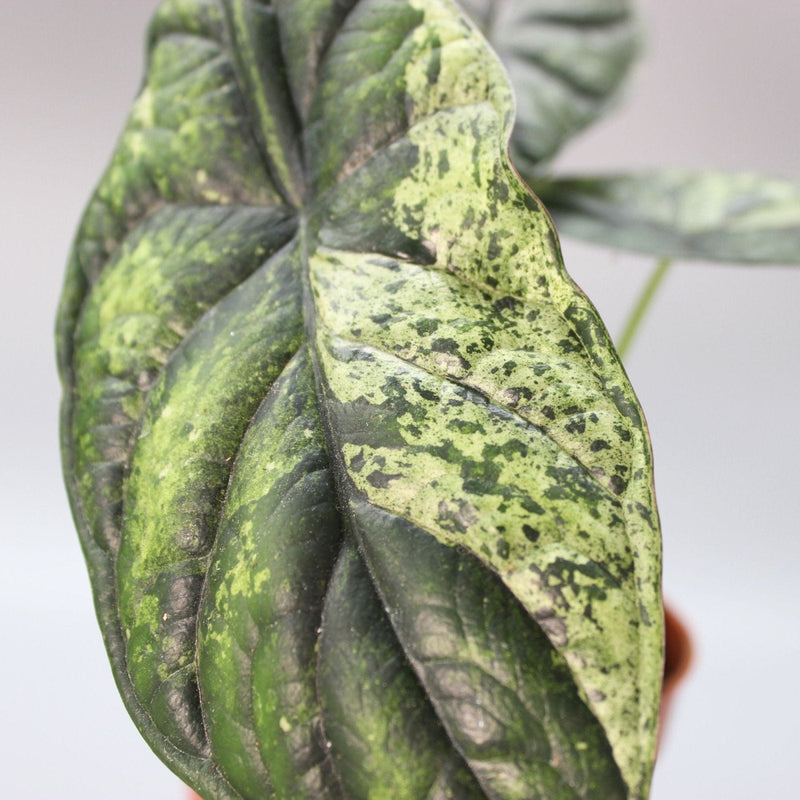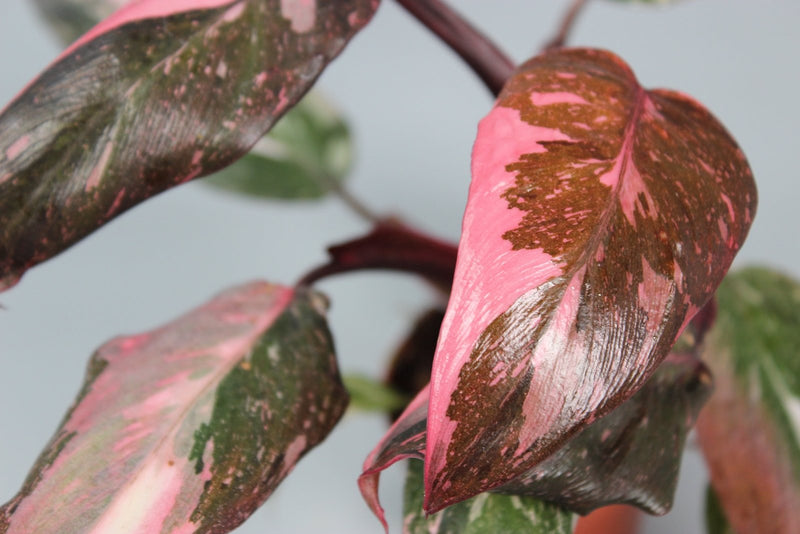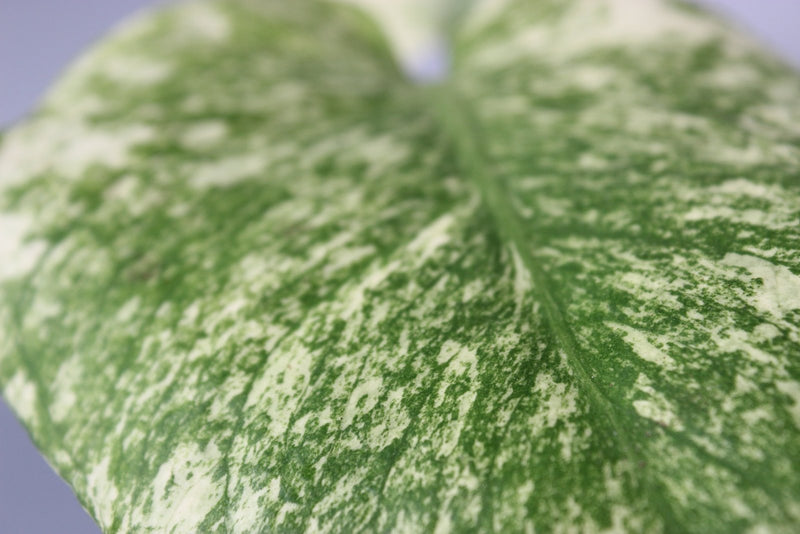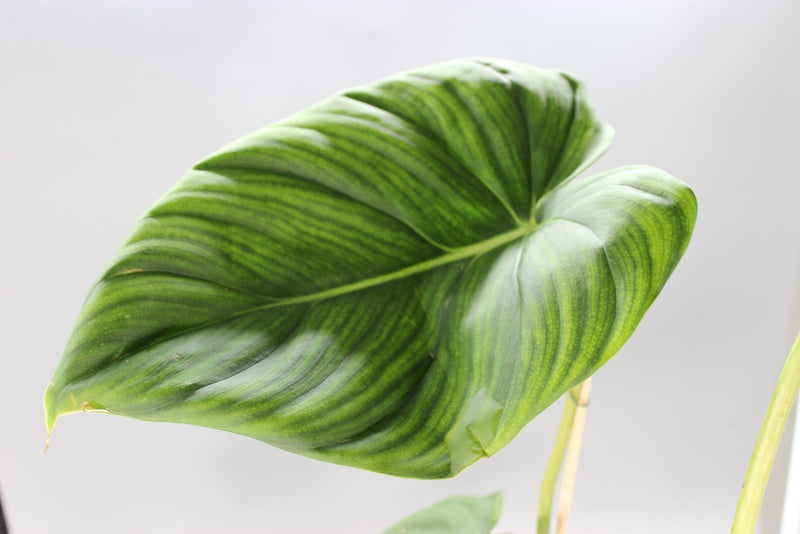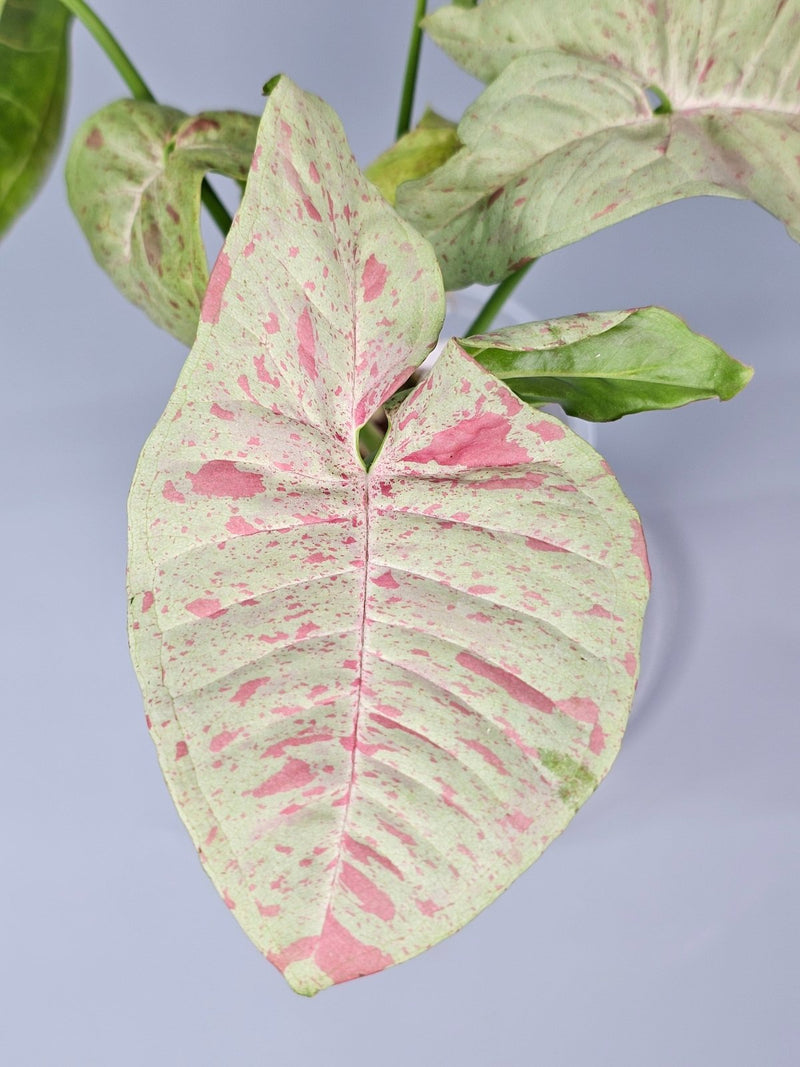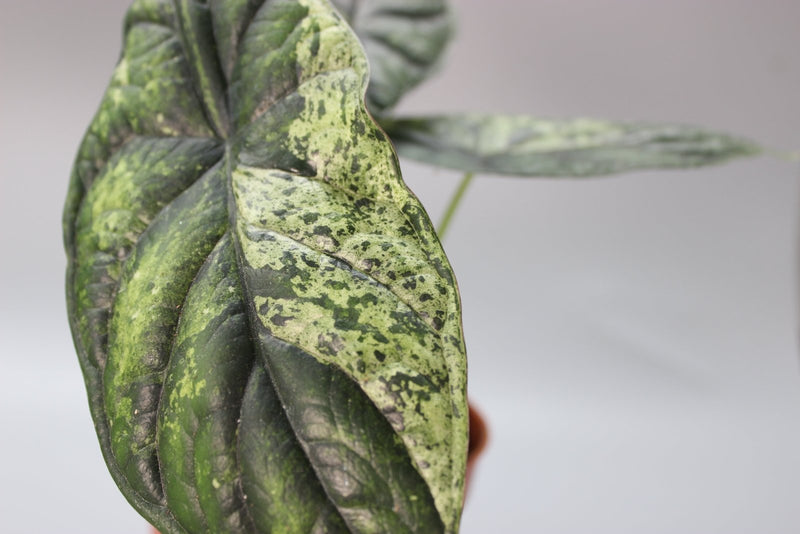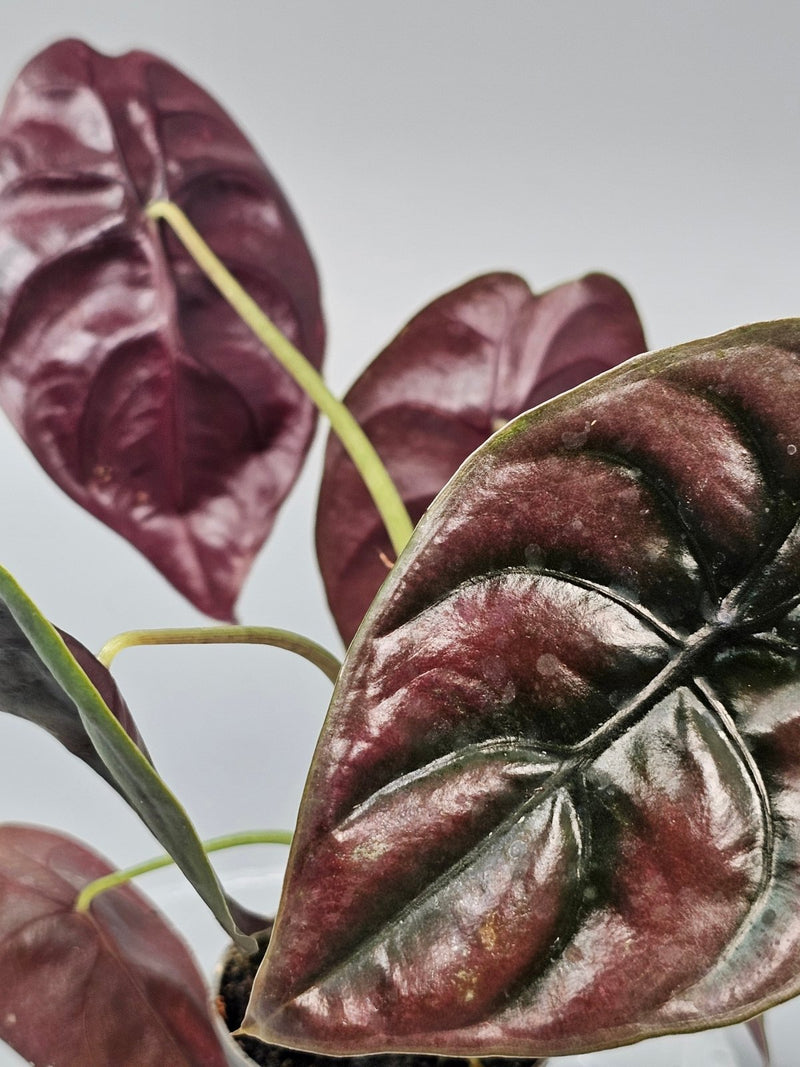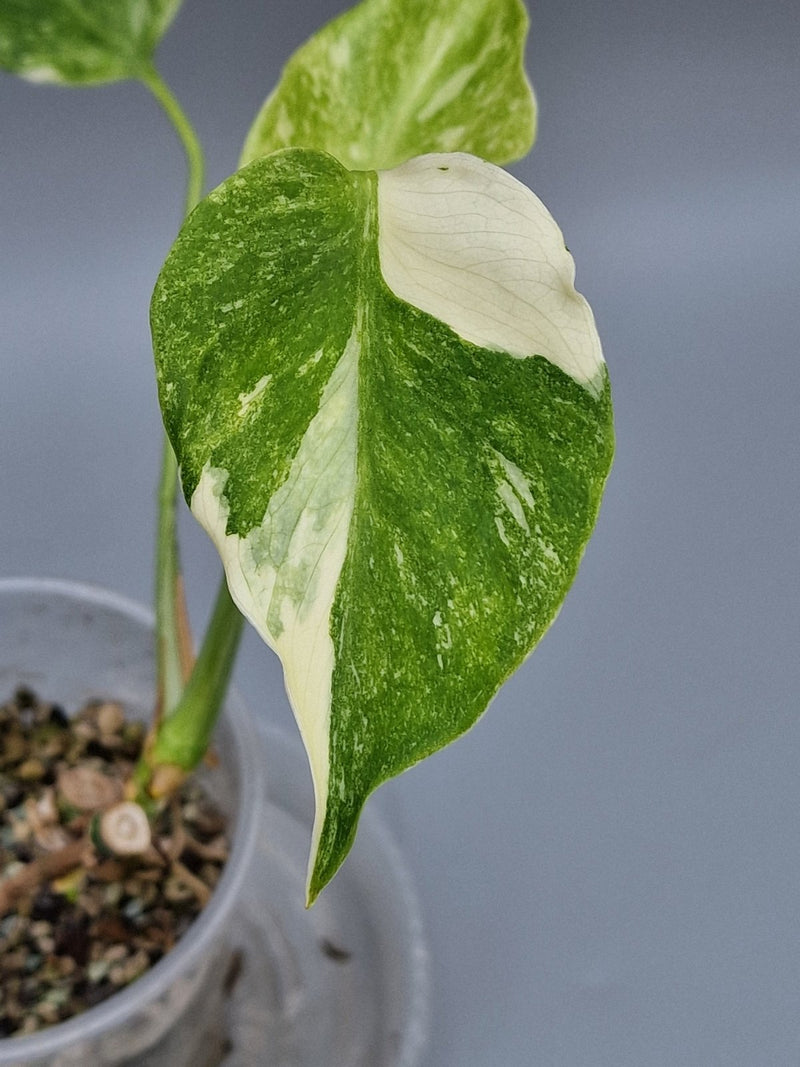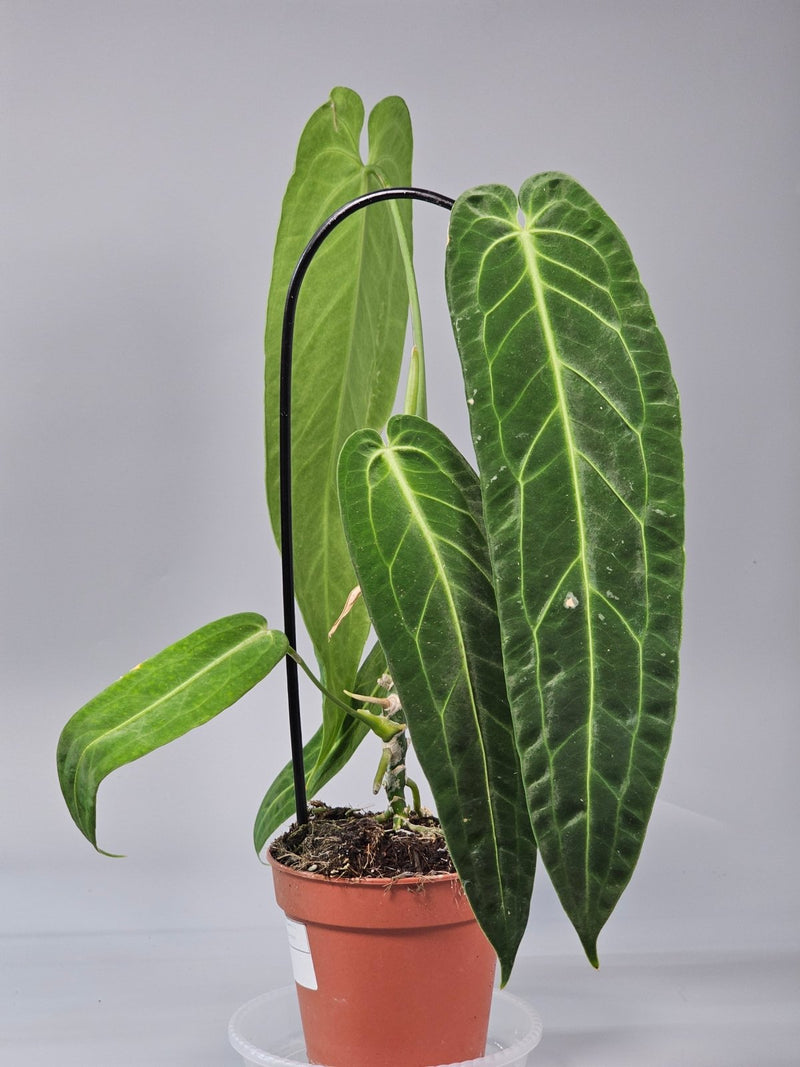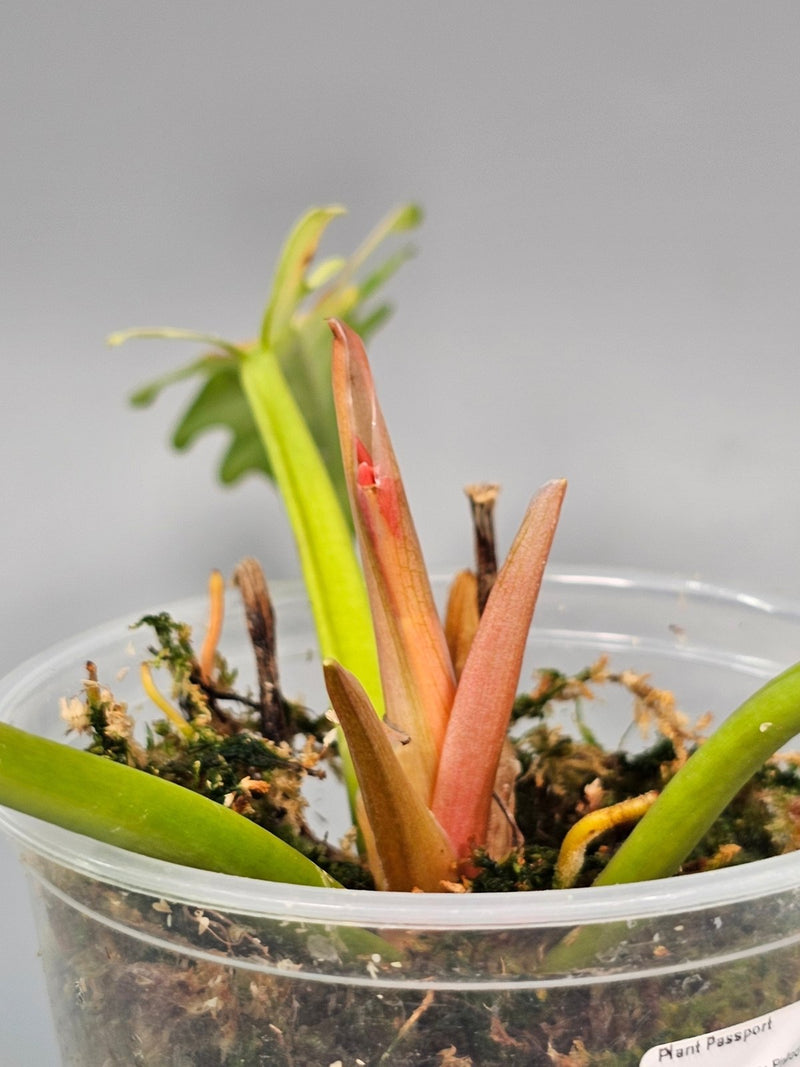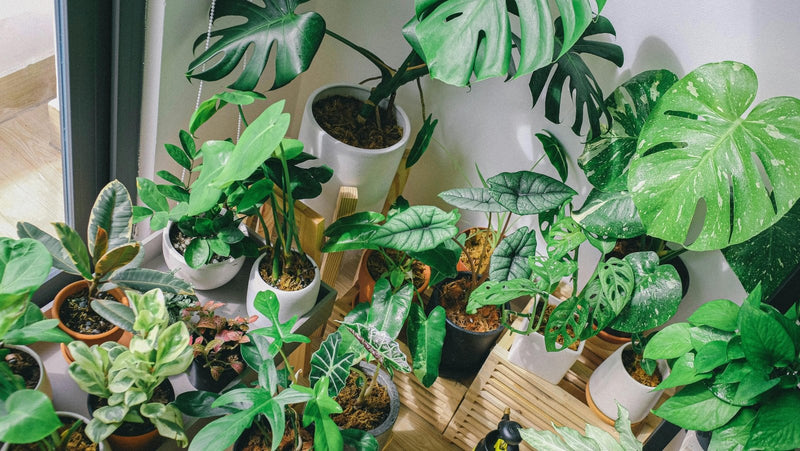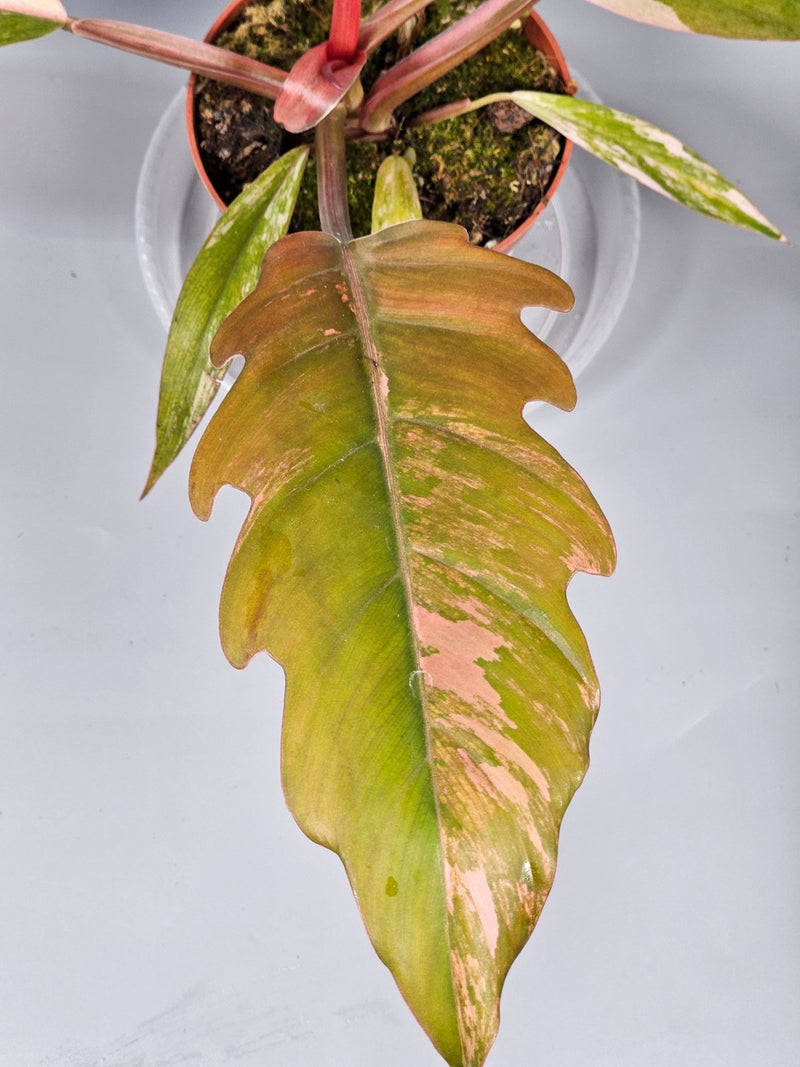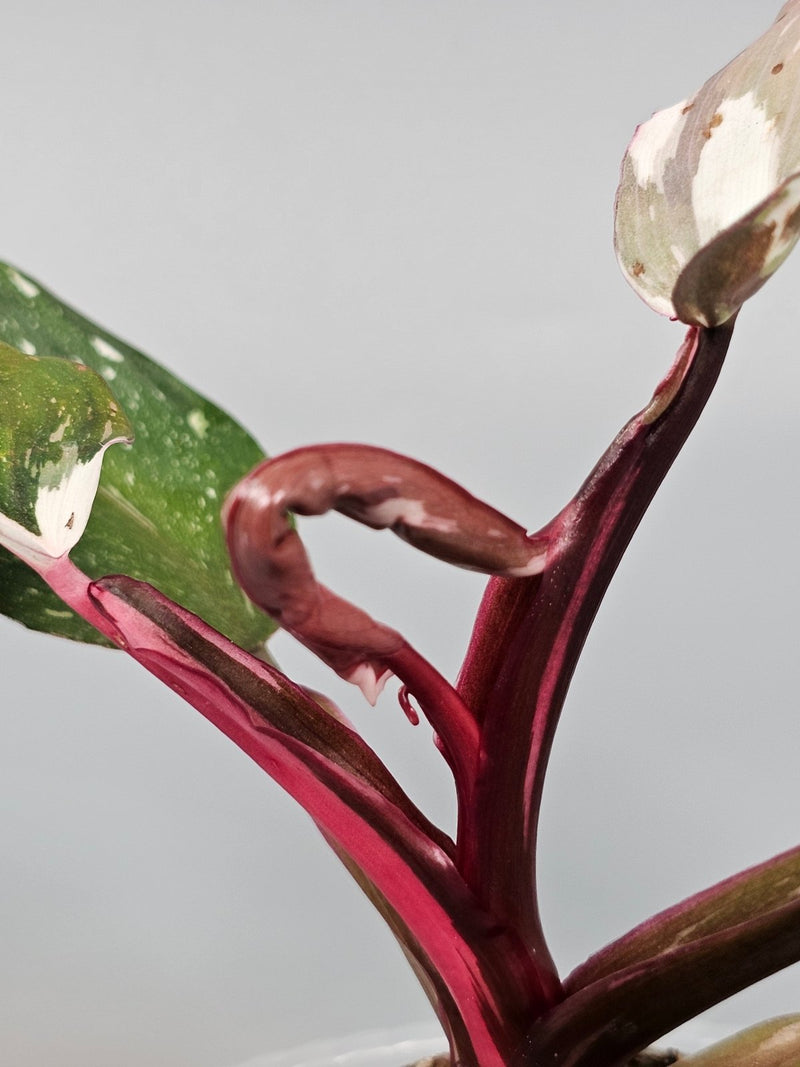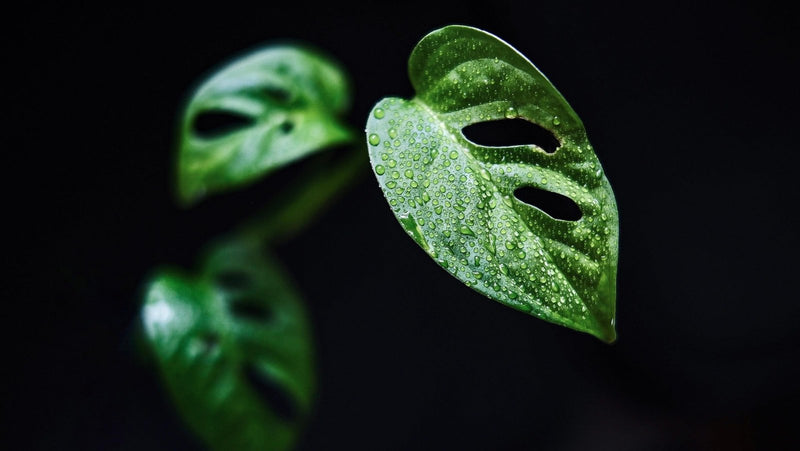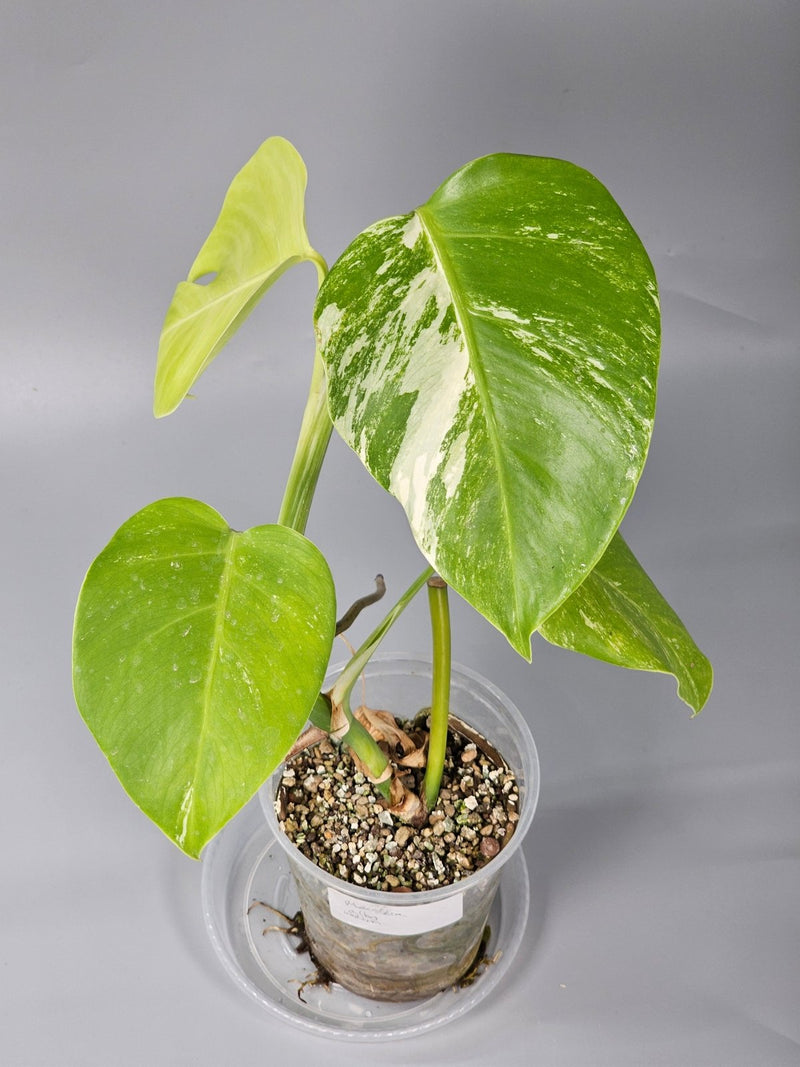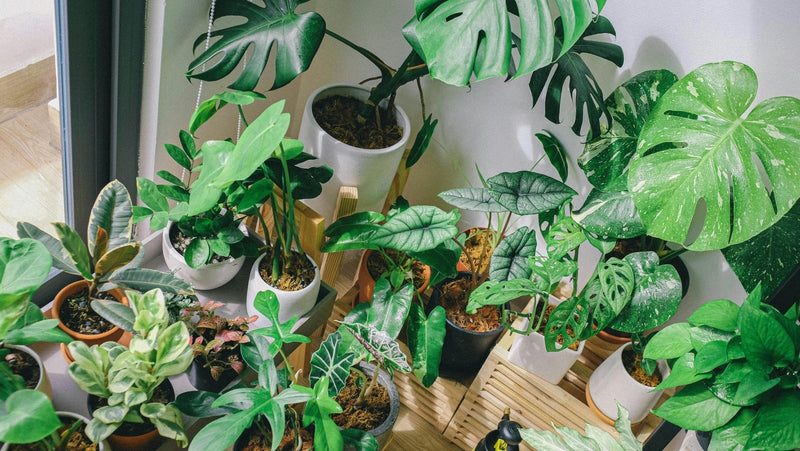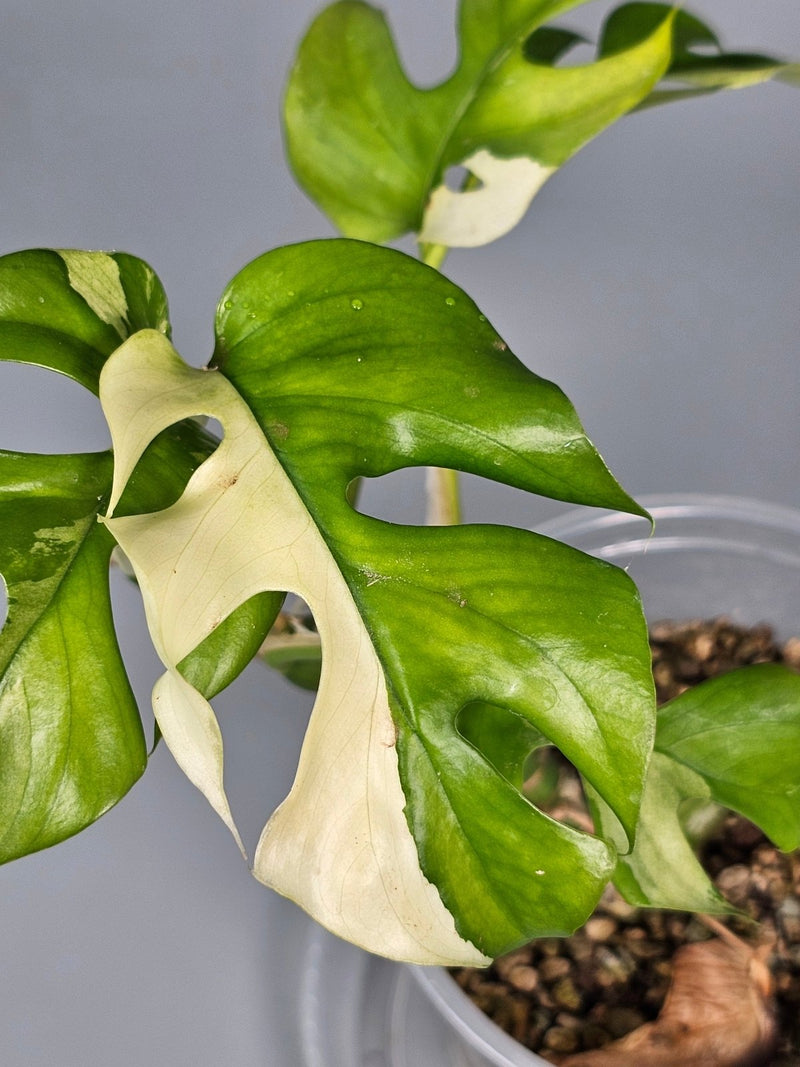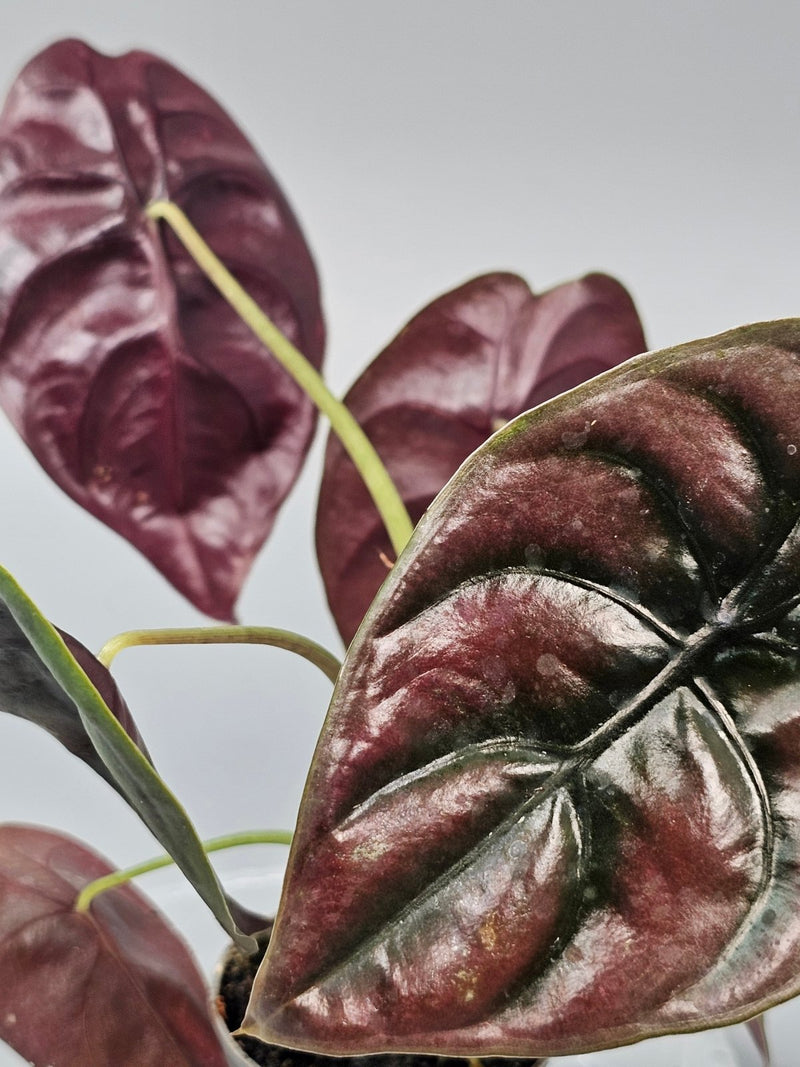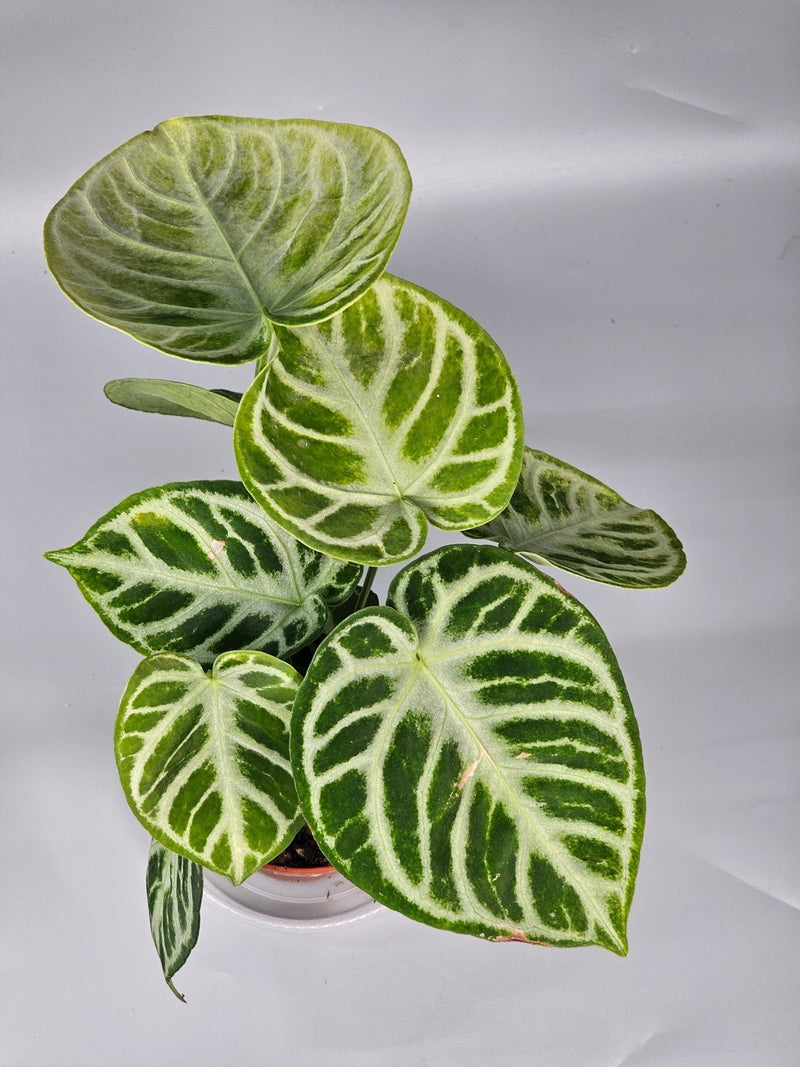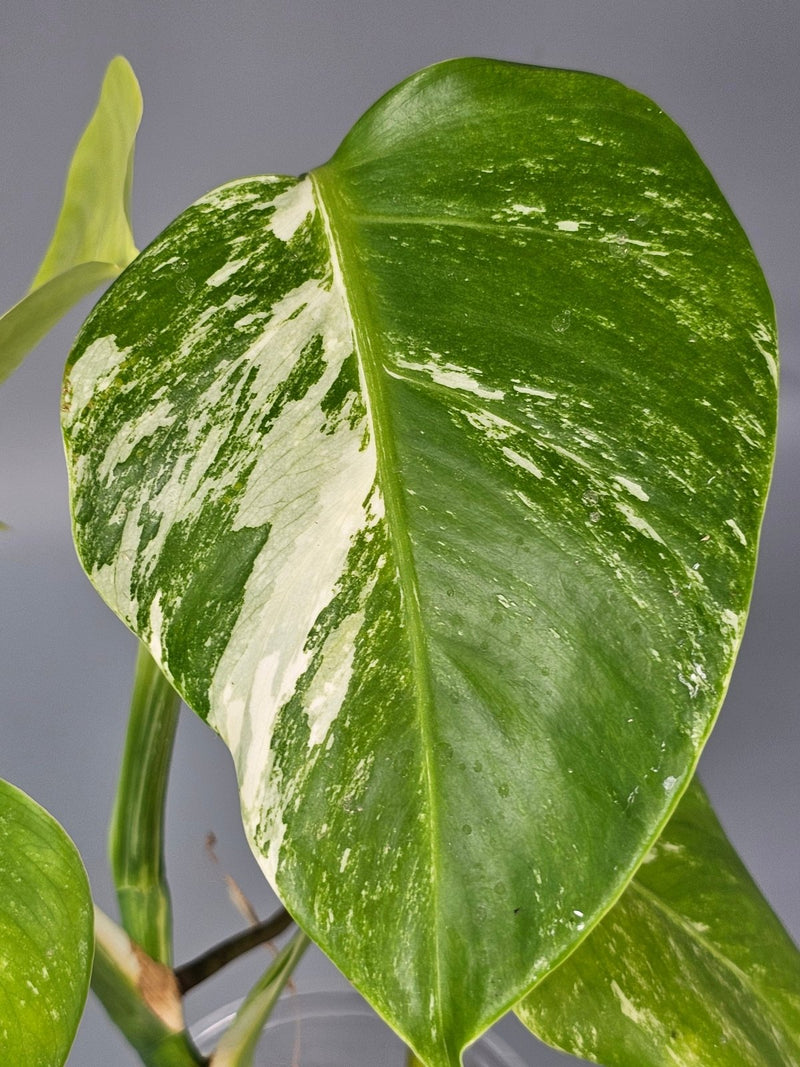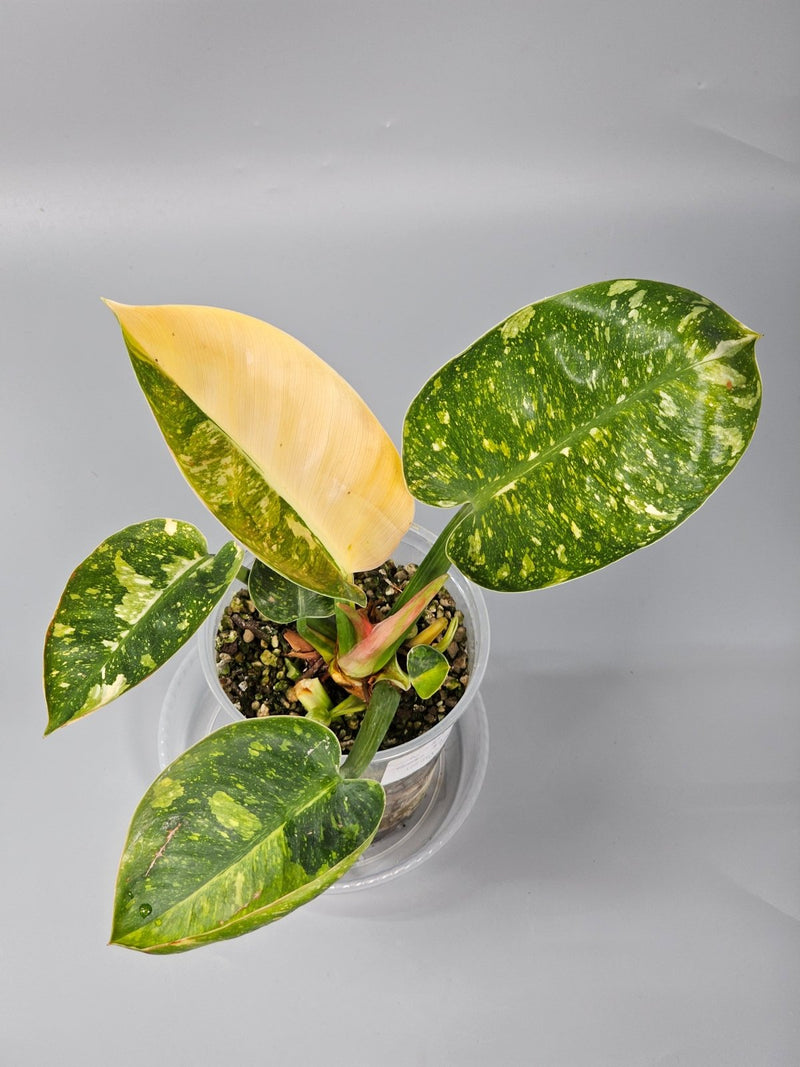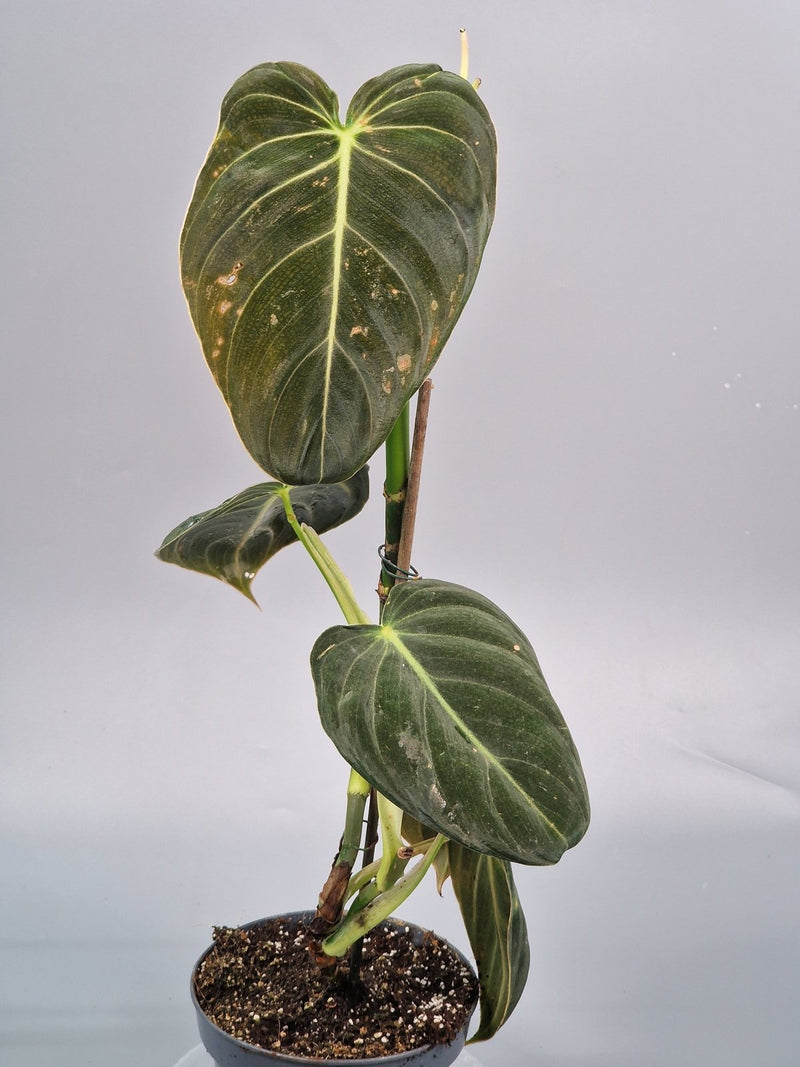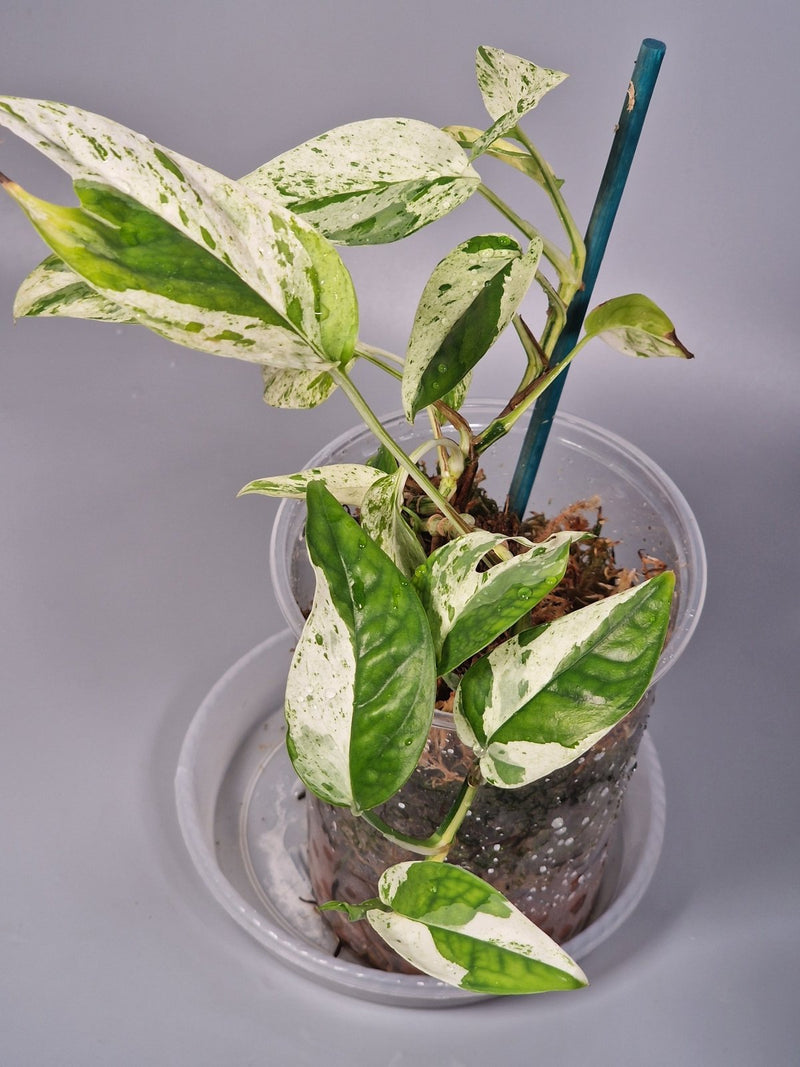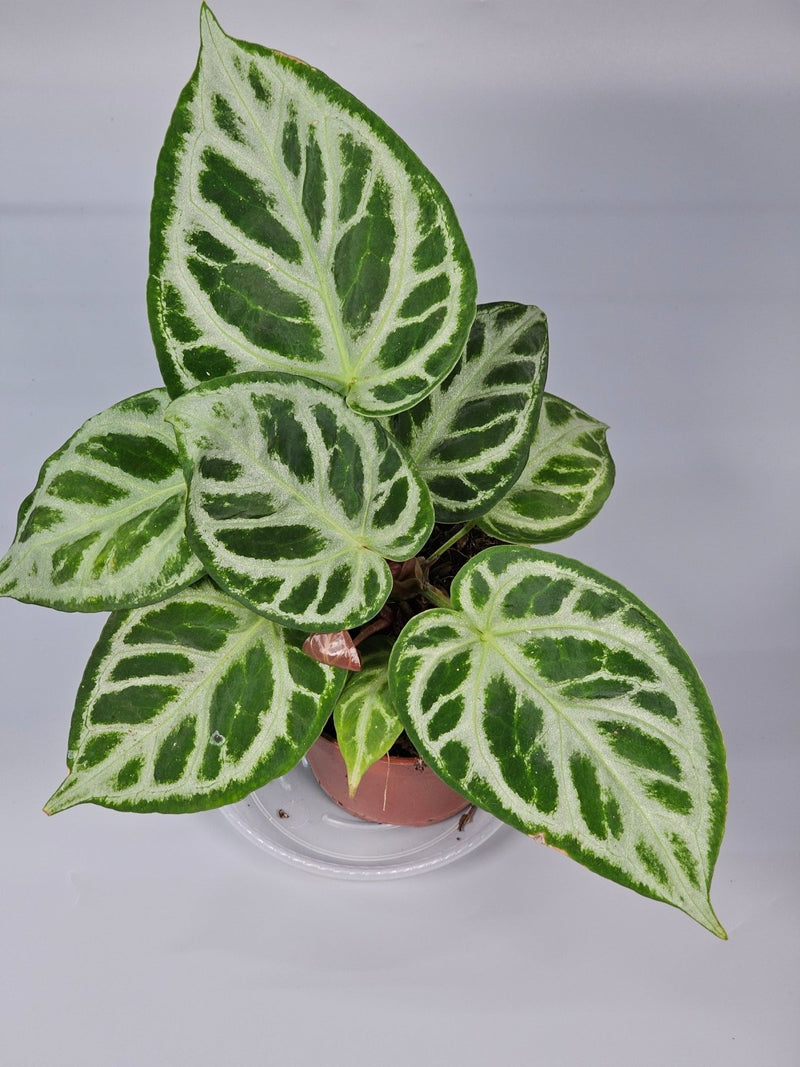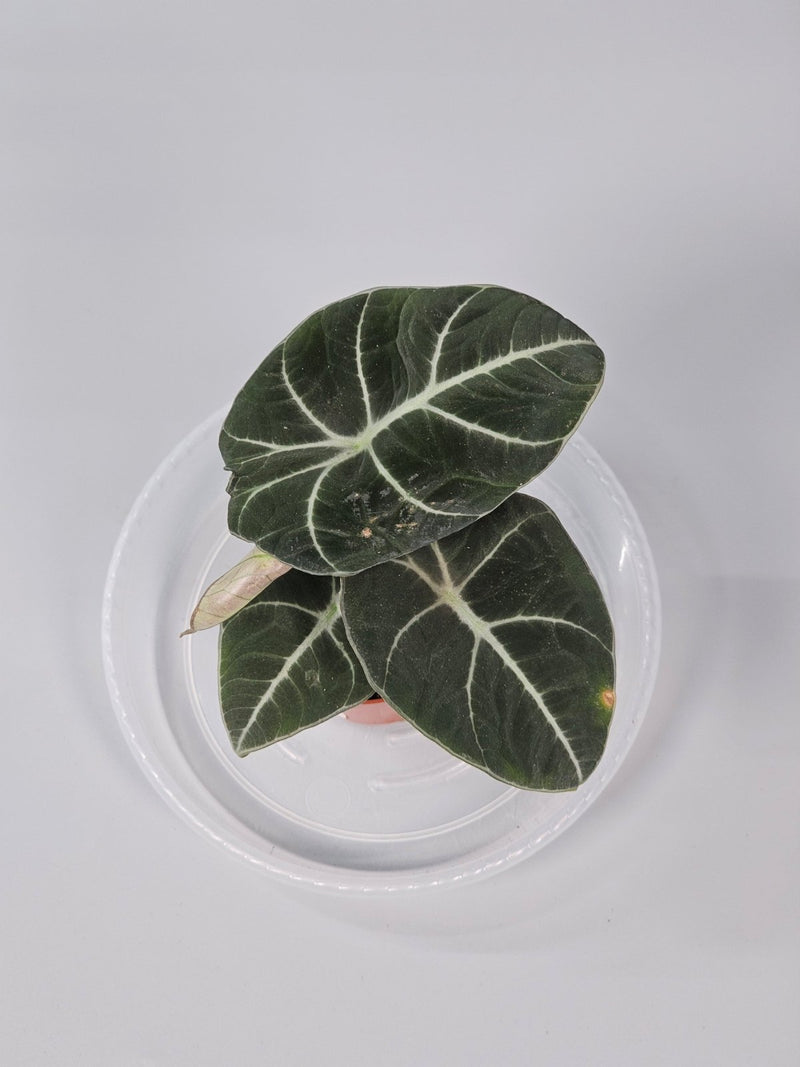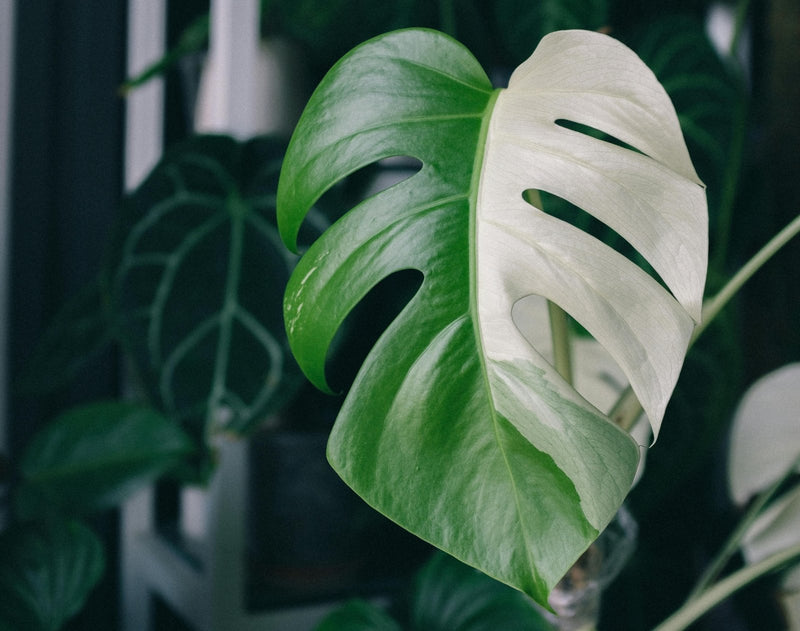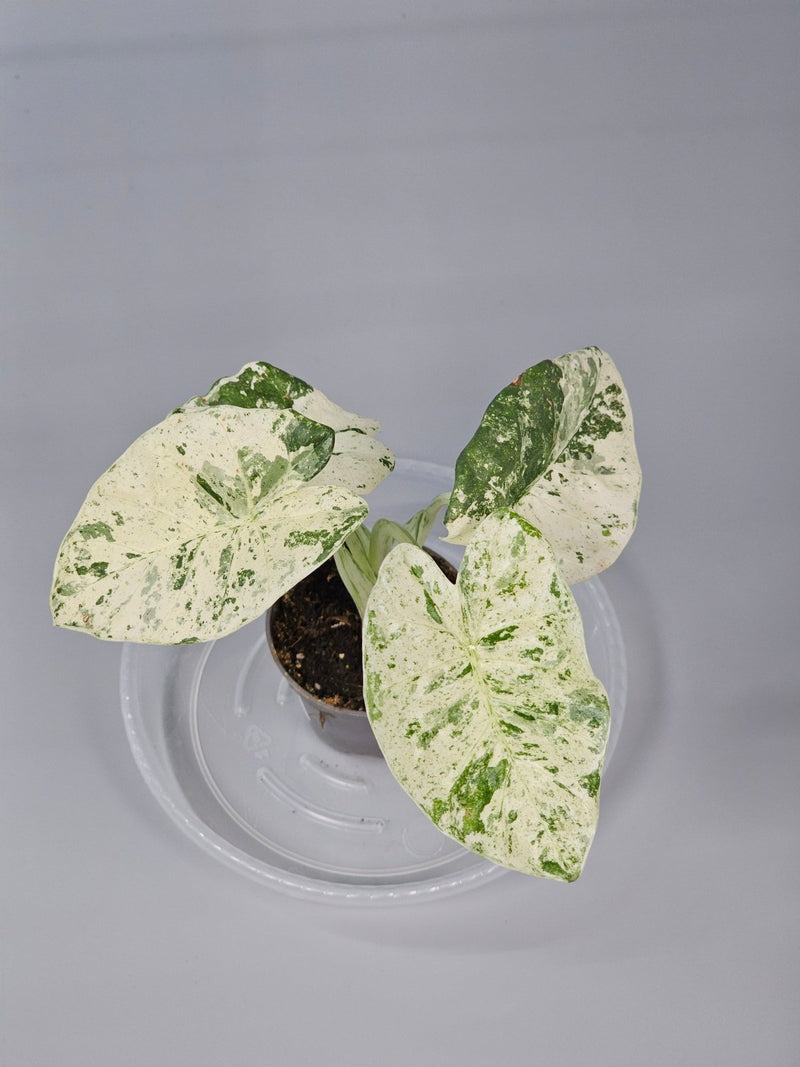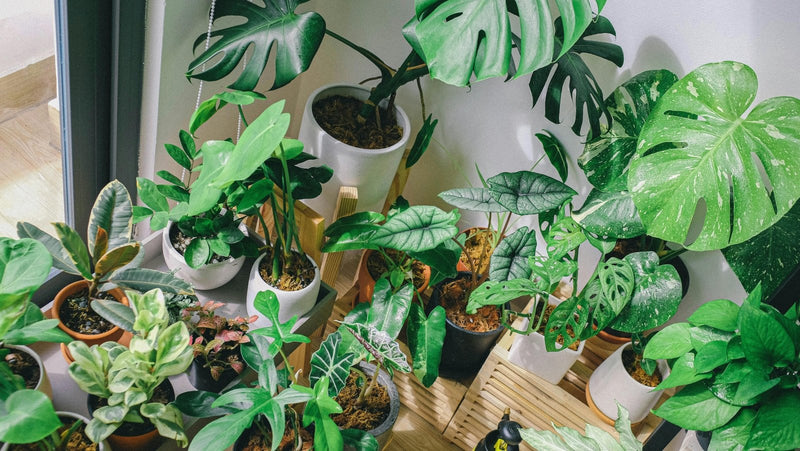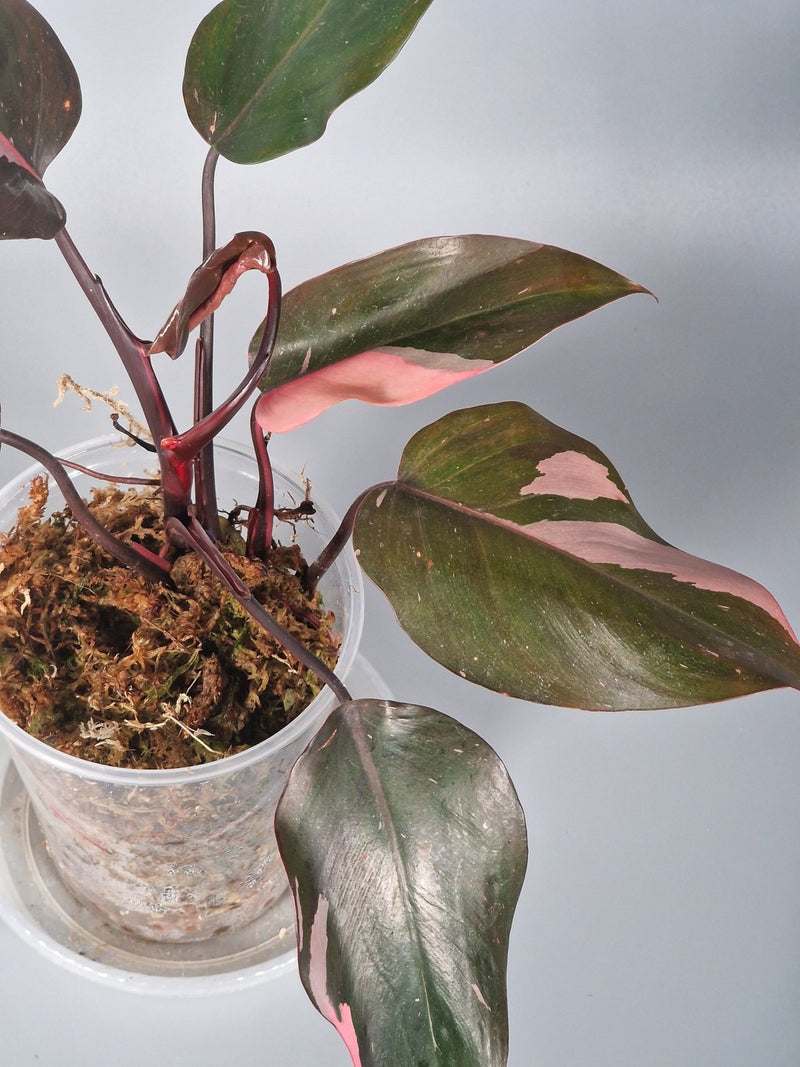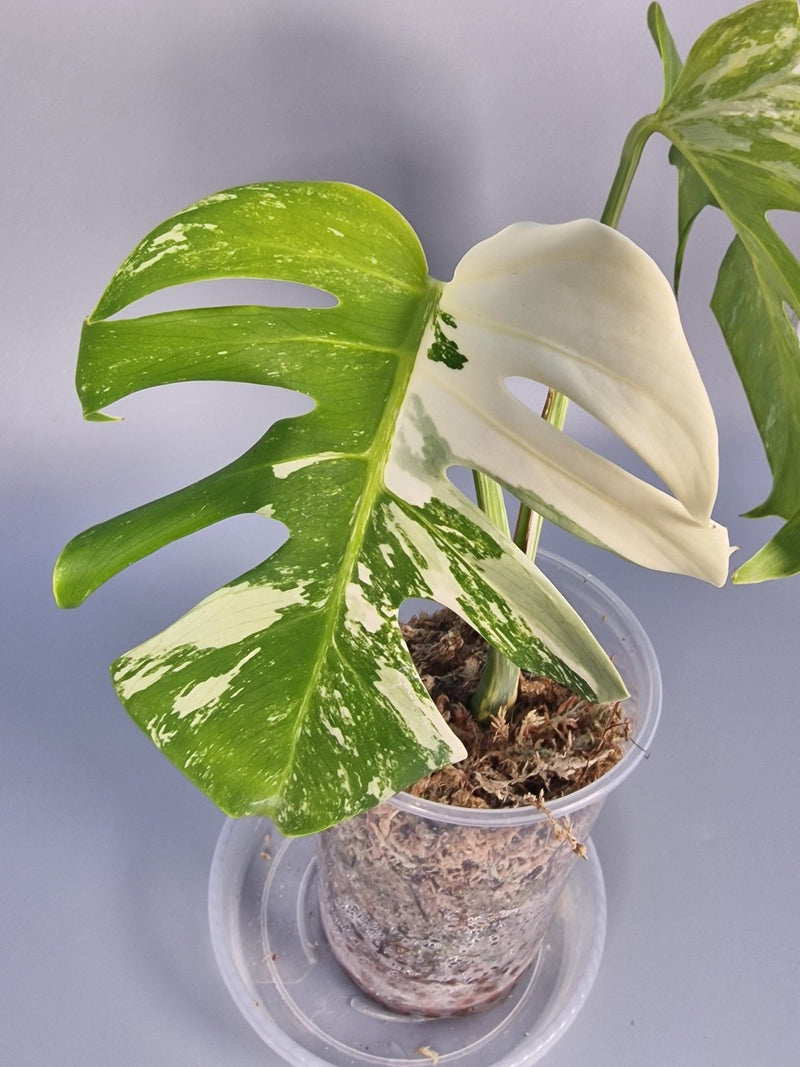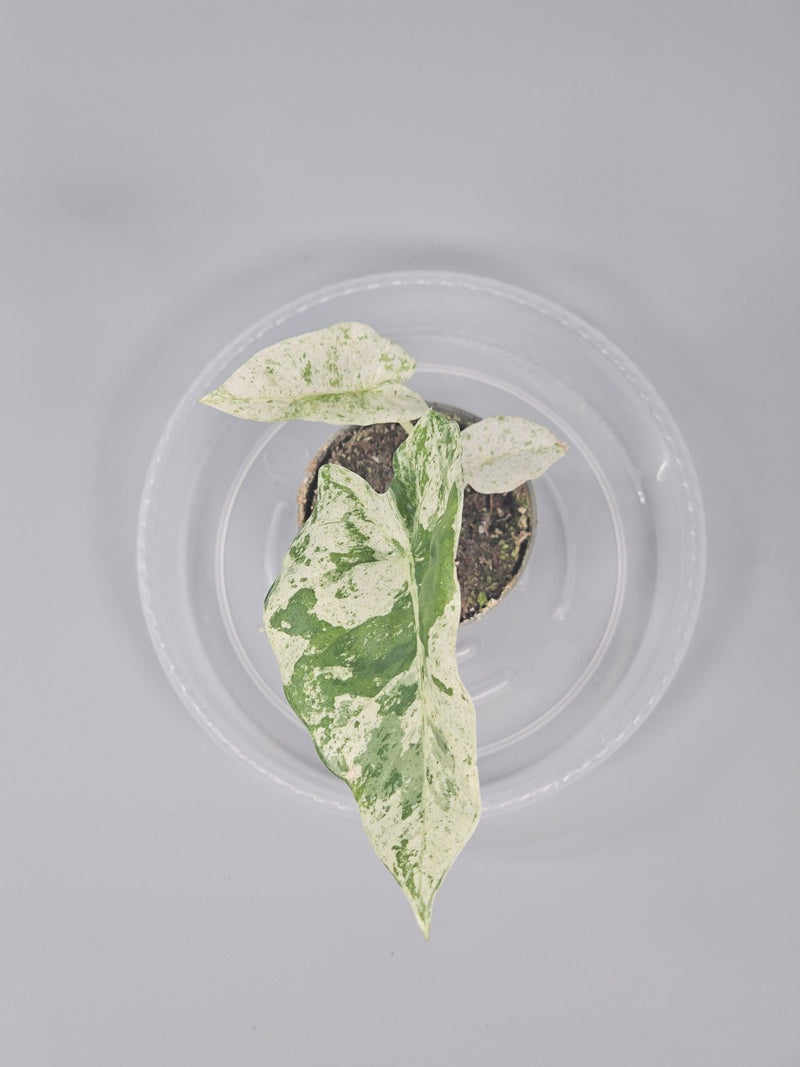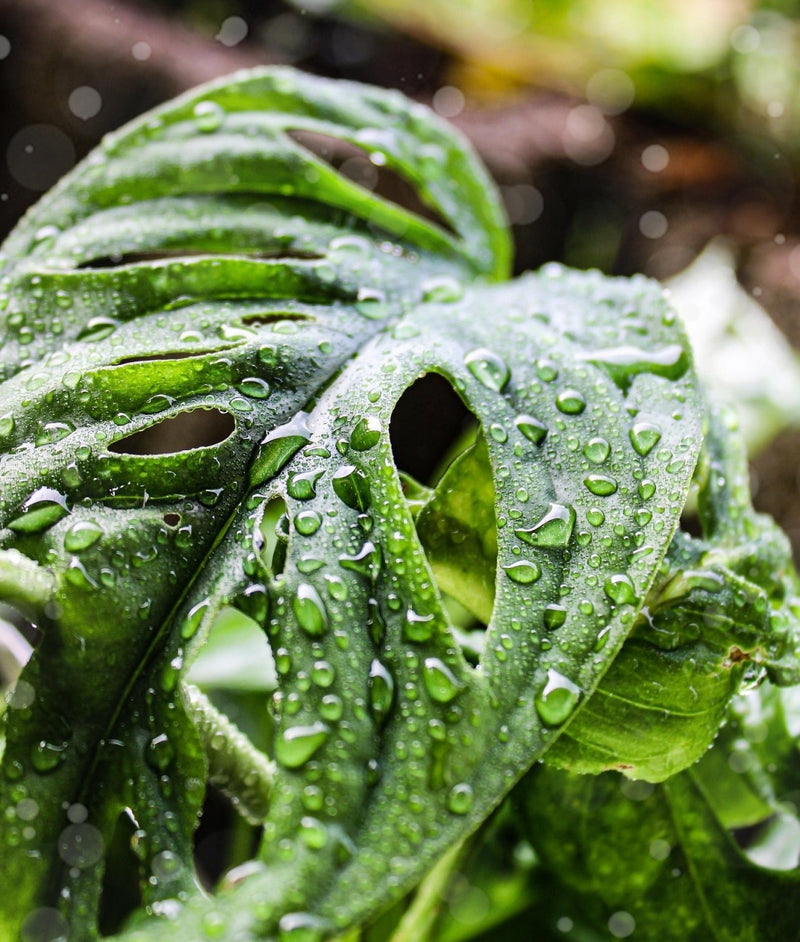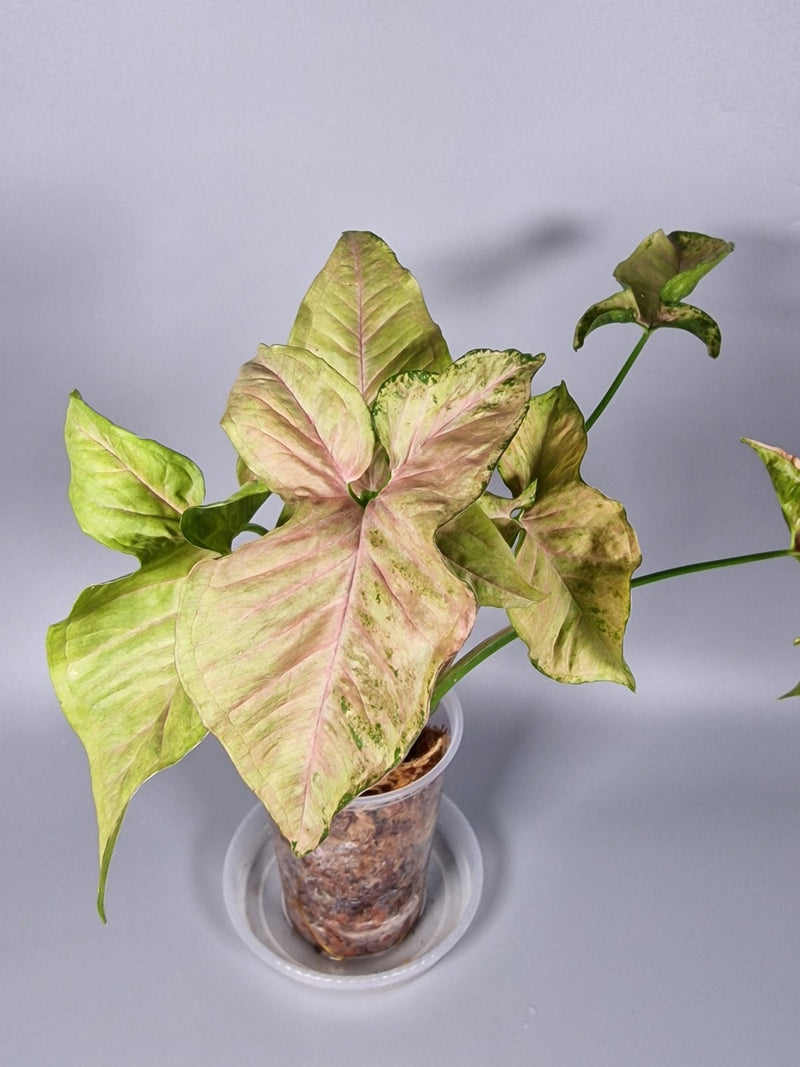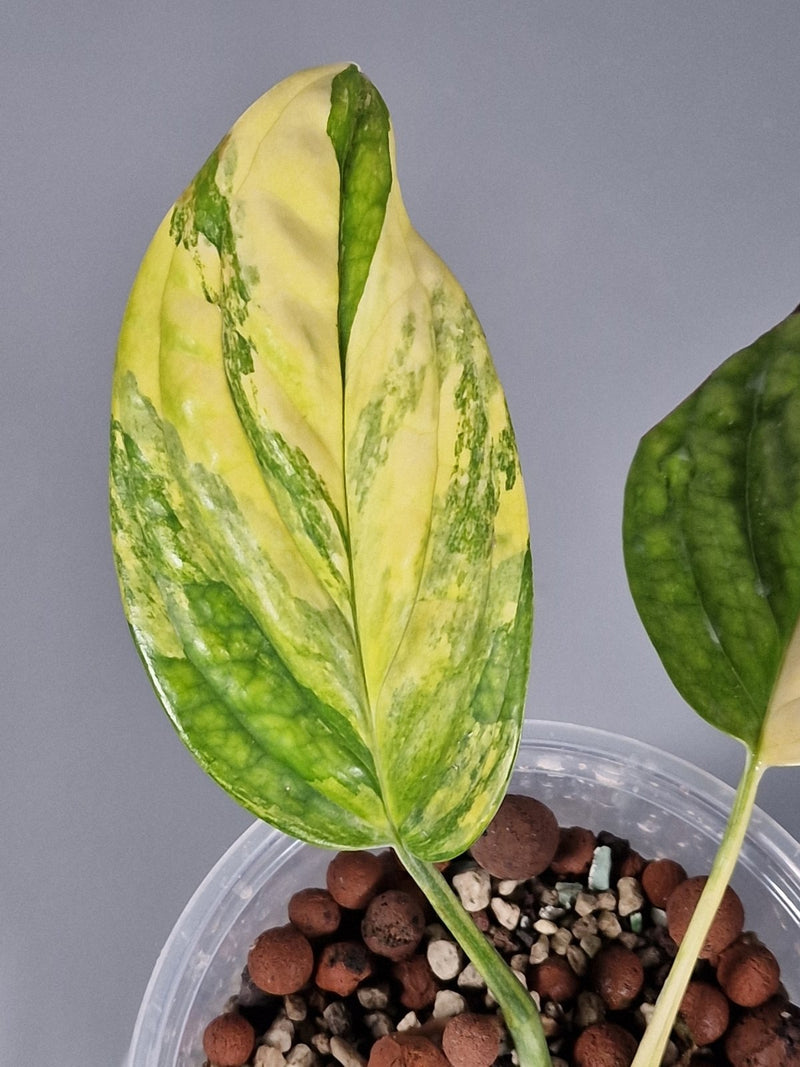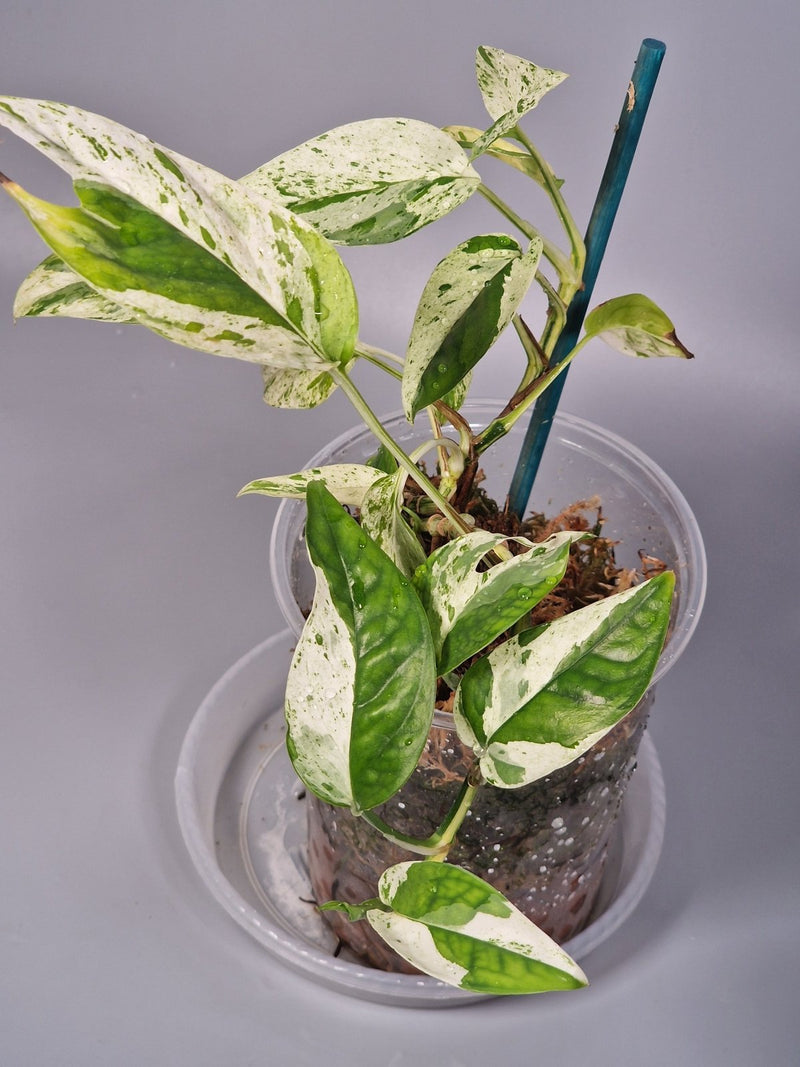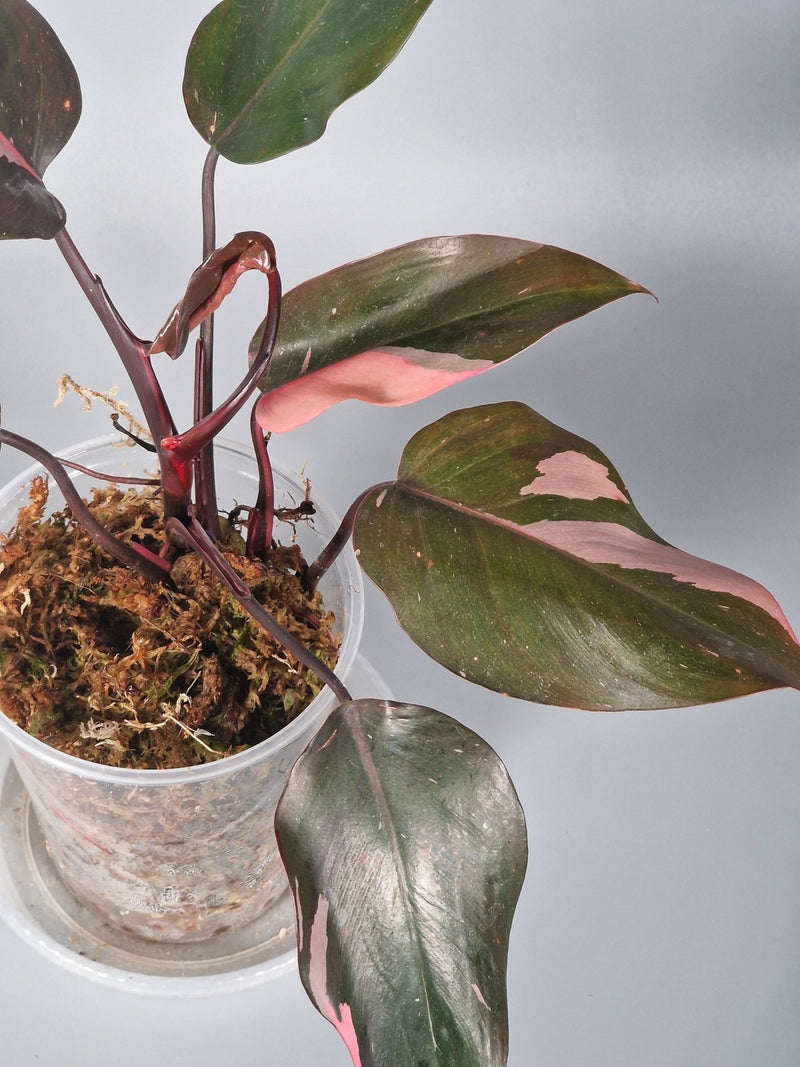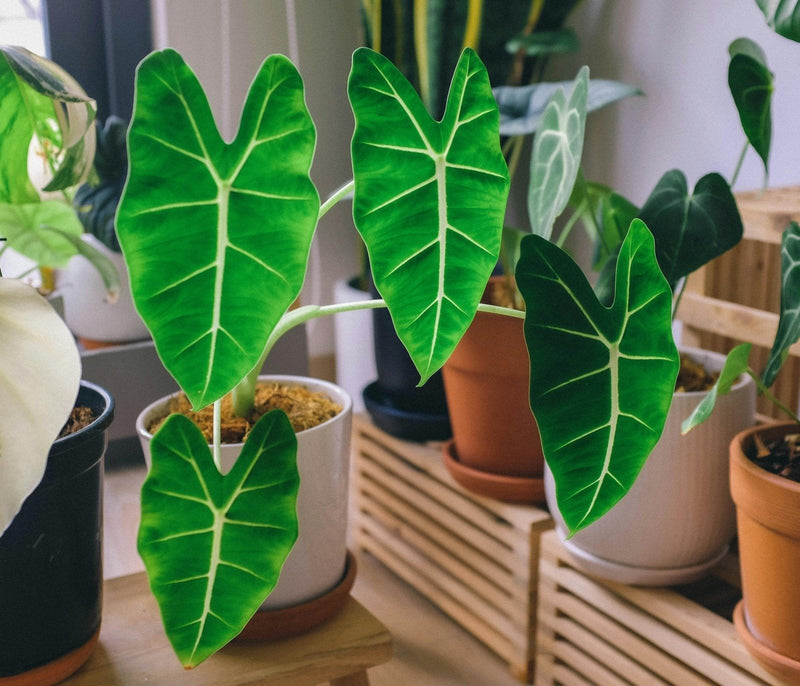Aroids are a group of tropical houseplants that include favourites like Monstera, Philodendron, Anthurium and Alocasia.
They're known for their bold leaves, fast growth, and overall easy-going nature. If you look after them right, they'll reward you with proper lush, leafy growth. Here's how to keep yours in good nick:
Light
Most aroids prefer bright, indirect light – near a window but not right in the sun. Too much direct sunlight can burn the leaves, but too little light will make them stretch and look a bit sad.
That said, if you do it gradually, a lot of aroids can handle some direct sun. Start off with an hour or two in the morning and build it up. Once they're used to it, the extra light can really help them grow bigger and stronger.
Watering
Keep the soil slightly moist but don't go overboard. Let the top inch or two dry out before watering again. If the soil stays too wet, you risk root rot – and that's a right pain to fix.
If you often end up killing houseplants, chances are you're giving them too much water. These aren't like your garden plants that can sit in soggy soil – most houseplants, especially aroids, prefer to dry out a bit in between. When in doubt, hold off on watering for a day or two and check the soil with your finger.
As a general rule, you'll be watering about once a week, maybe a bit less in winter when things slow down.
Temperature and Humidity
Aroids like it warm – between 18 and 27°C is ideal. They do best in a bit of humidity (50–70% if you want to be exact), but they'll manage in average UK home conditions too. If the air's really dry – especially with the heating on – you can give them a mist, or stick them near a tray of water with pebbles.
Soil and Repotting
They like chunky, well-draining soil. You can buy a mix made for aroids or make your own using bark, perlite or pumice, and coco coir or peat. It helps keep the roots healthy and stops the soil getting compacted.
Repot every year or two, or if you see roots coming out the bottom or the plant looks cramped.
Feeding
During spring and summer, feed your aroid once a month with a balanced liquid feed, diluted a bit so it's not too strong. You don't need to feed much in autumn and winter – just let it rest.
General Upkeep
Snip off any yellow or damaged leaves to keep the plant looking tidy. Wipe the leaves now and then with a damp cloth to get rid of dust – it helps the plant breathe better. Vining types like Monstera adansonii or Philodendron micans might like something to climb, like a moss pole or a stick.
Common Problems
-
Yellow leaves? Probably too much water or not enough light.
-
Crispy edges? Could be the air's too dry, or you've left it too long between waterings.
-
Droopy leaves? Either too dry or too soggy – have a feel of the soil to check.
-
Variegated bits turning brown? That's normal – the white or pale bits don't have chlorophyll, so they're more sensitive. Nothing to worry about.
-
Pests: Watch out for bugs like spider mites or mealybugs. If you spot any, wipe them off and treat with neem oil or insecticidal spray.
Propagation
A lot of aroids are easy to propagate. Just take a cutting with a node (that little bump where roots grow), pop it in water or damp moss, and wait for roots to appear. Then pot it up and you've got a new plant – easy as that.
Final Tip
Aroids are tough, forgiving plants. They don't need fancy care – just a bit of attention now and then. Keep an eye on how they're doing and adjust as needed. Before long, you'll have a proper jungle on your hands.


